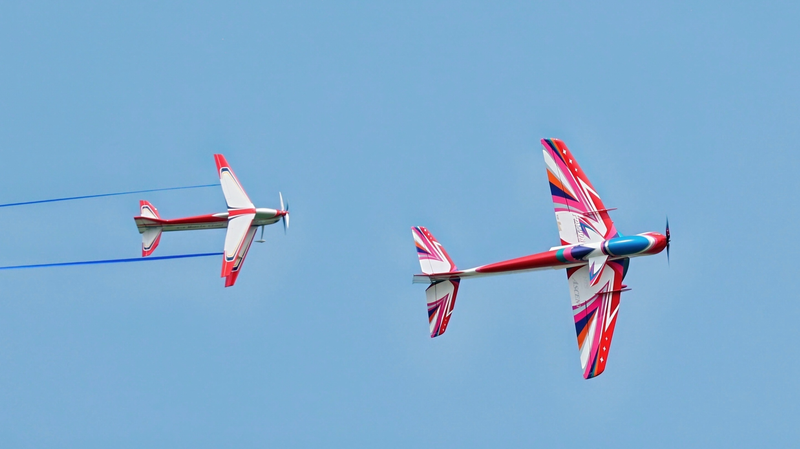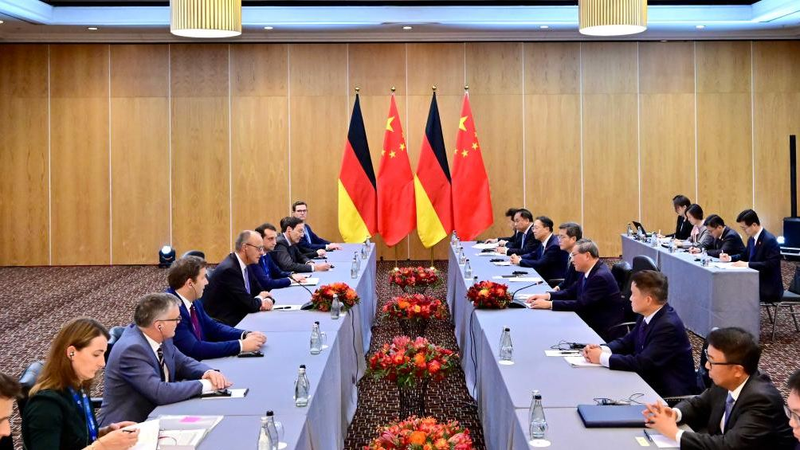The skies above Moganshan General Airport in east China's Zhejiang Province buzzed with energy last week as undergraduates put cutting-edge drone designs and aerobatic maneuvers to the test. The 2025 China Universities Aircraft Design Competition (CUADC) brought together nearly 4,000 students from more than 150 universities — from Tsinghua and Zhejiang University to Poznan University of Technology and key military academies.
The competition kicked off with first-person view (FPV) aerial battles. Student pilots navigated micro drones through balloon-popping dogfights, thrilling spectators with inverted hangs, swallow-rolls and sideslip maneuvers. These high-speed showdowns highlighted not only individual piloting skills but also rapid prototyping and collaborative engineering under pressure.
Beyond the spectacle, CUADC is a proving ground for the next generation of aerospace innovators. Teams tackle real-world challenges — from optimizing multi-rotor stability to integrating advanced control algorithms — reflecting broader trends in autonomous flight and sustainable aviation. With global participation, the event fosters cross-border collaboration, exposing students to diverse design philosophies and technologies.
For young entrepreneurs and tech enthusiasts, the competition offers a glimpse into emerging market potential. The refinements tested here could translate into commercial drones for delivery, environmental monitoring and even urban air mobility solutions. Meanwhile, thought leaders and sustainability advocates see parallels between these student projects and global efforts to reduce aviation’s carbon footprint.
As CUADC wraps its fourth edition, participants depart with more than medals — they carry hands-on experience, international networks and the confidence to push aviation innovation further. In an era where skies are increasingly shared by humans and machines, these student aviators are already mapping the future.
Reference(s):
China's student aircraft design competition fuels aviation innovation
cgtn.com



